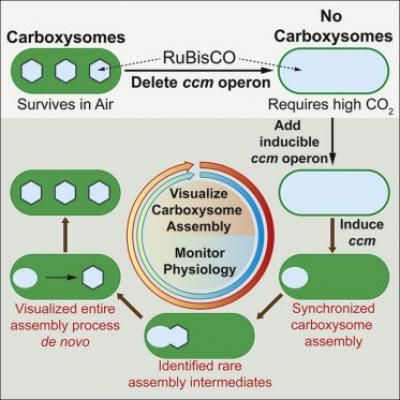Existing drug can repair ion channel linked to epilepsy
Advertisement
Mutated variants of a particular ion channel cause difficult-to-treat epilepsy. A study now shows that a commonly used anaesthetic drug, propofol, can restore the function of this ion channel. The discovery was made by researchers at Linköping University and Weill Cornell Medicine. The findings open up opportunities to develop drugs for the disease in the long term.

Peter Larsson, professor of molecular neurophysiology at Linköping University and one of the researchers behind the study.
Magnus Johansson/Linköping U
When a patient is to be anaesthetised for medical procedures, the drug propofol is often used. In some individuals, propofol causes a falling heart rate and a very low pulse. This is because propofol affects an ion channel called HCN1.
“The HCN1 ion channel is also known as the pacemaker channel, because it’s the one that determines the heart rhythm and regulates certain nerve cells in the brain that have a rhythmic behaviour,” says Peter Larsson, professor of molecular neurophysiology at Linköping University, one of the researchers behind the study published in Nature.
There are a couple of known mutations in the HCN1 ion channel that cause epilepsy early in childhood. These mutations make the ion channel too open, hence releasing more ions than it should, which can lead to uncontrolled nerve cell signalling. Epilepsy caused by mutations in the HCN1 ion channel is often difficult to treat with currently available medications.
Since propofol reduces HCN1 activity, researchers at Weill Cornell Medicine and Linköping University sought to understand in detail how the drug interacts with and inhibits the ion channel. In doing so, they made an unexpected discovery.
“When we used propofol on mutated variants of the ion channel, we discovered that propofol actually restores function, so suddenly the mutated channels function much like a normal channel. I’ve never seen anything like this happen in any other ion channel so it’s really surprising that it was possible to restore the function of the ion channel using propofol,” says Peter Larsson.
The discovery gave the researchers an idea: perhaps this new knowledge could help develop new drugs. By modifying propofol so that it no longer has a sedative effect but only restores the function of mutated variants of the HCN1 ion channel, it may be possible to develop new antiepileptic drugs. Conversely, this could also lead to improved variants of propofol, free from the side effects on the heart rhythm currently associated with this drug, for use in anaesthesia.
In order to develop modified variants of the drug, it is necessary to understand exactly how propofol binds to HCN1 and how the various effects occur. In the current study, the researchers have made a breakthrough in this regard. The research team at Weill Cornell Medicine used cryo-electron microscopy, a method that makes it possible to see individual atoms in molecules. They have managed to get a clear picture of how propofol binds to the ion channel.
“The cryo-EM structures revealed that propofol binds at a mechanistic hotspot in HCN1 channels, important in the coupling between the voltage sensor domain and the channel gate. Mutant channels in this region no longer respond to voltage stimuli and were associated with epilepsies. Propofol binding acts as a glue to repair this interface in mutated channels and restore proper function, potentially offering a convenient pharmacological handle to treat these diseases,” says Crina Nimigean, professor of physiology and biophysics in anesthesiology at Weill Cornell Medicine.
The ion channel itself consists of two parts: one part senses the voltage across the cell membrane and is called the voltage sensor, and the other part forms the channel through which the ions pass. In the channel there is a kind of gate that controls whether the channel is open or closed.
“It seems that propofol makes the ion channel HCN1 more closed than it should be. In our study, we saw that propofol made the closed form of the canal more stable. It’s this effect of propofol that may explain why the heart rate falls in some patients, because the HCN1 channels don’t stimulate the heart as much. The same effect makes propofol restore the function of mutated HCN1 channels that caused epilepsy, because these mutations made the channels too open,” says Peter Larsson.
Propofol seems to position itself between the ion channel voltage sensor and the opening of the channel, and cause the two parts to communicate better with each other. This part of the ion channel has not received much attention in previous studies, and the study contributes important knowledge about the function of the ion channel.
Original publication
Elizabeth D. Kim, Xiaoan Wu, Sangyun Lee, Gareth R. Tibbs, Kevin P. Cunningham, Eleonora Di Zanni, Marta E. Perez, Peter A. Goldstein, Alessio Accardi, H. Peter Larsson and Crina M. Nimigean, "Propofol rescues voltage-dependent gating of HCN1 channel epilepsy mutants.",Nature 2024.





























































